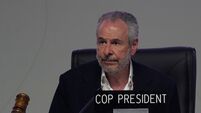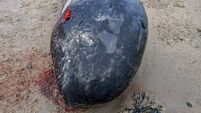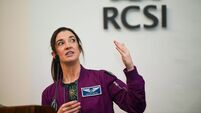World Ocean Day is a reminder of the wonders of the seas and the threats facing them
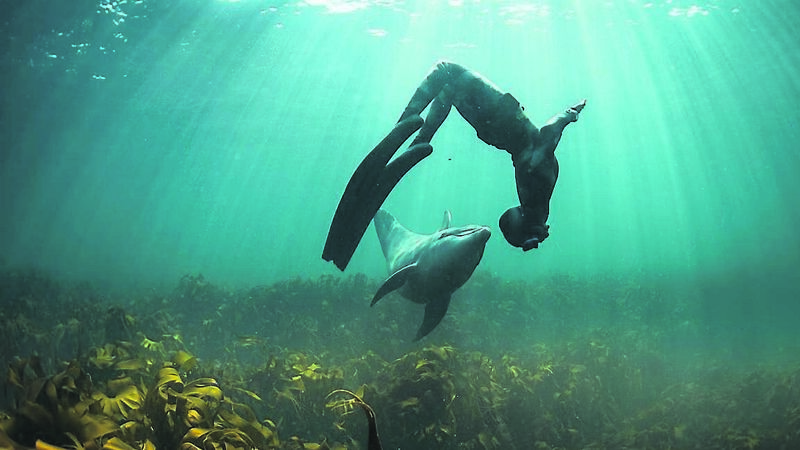
Dusty the Dolphin swimming with Kate Hamsikova off the coast of Co. Clare. There are more common dolphins coming to shore. This shows there is no food for them in the open ocean. Photo: George Karbus
In today's Spotlight:
- Wild Ocean Photographer George Karbus, has literally seen the decline in fish numbers in his 15 years of capturing images of life in Ireland's Atlantic waters. He describes the effect over-fishing has on some of the sea's precious creatures.
- Underwater Filmmaker Ken O’Sullivan: “I scuba dive, I free dive, I swim, I snorkel. Anything that can get me down there." Despite over-fishing and marine plastics, Ken still loves to film Ireland's underwater wildlife and believes protected areas that would go a long way to reversing the plummeting fish stocks.
- 60-year-old fisherman, Ashley Hayden, used to feel angry about the situation in our seas, but today he focuses his energy and knowledge on solutions. He thinks “community management” of our seas will “benefit our society to a much greater degree than it does today”.
Thanks to the surge in open water swimming since the pandemic began, this World Ocean Day may have more significance to Irish people than ever before.
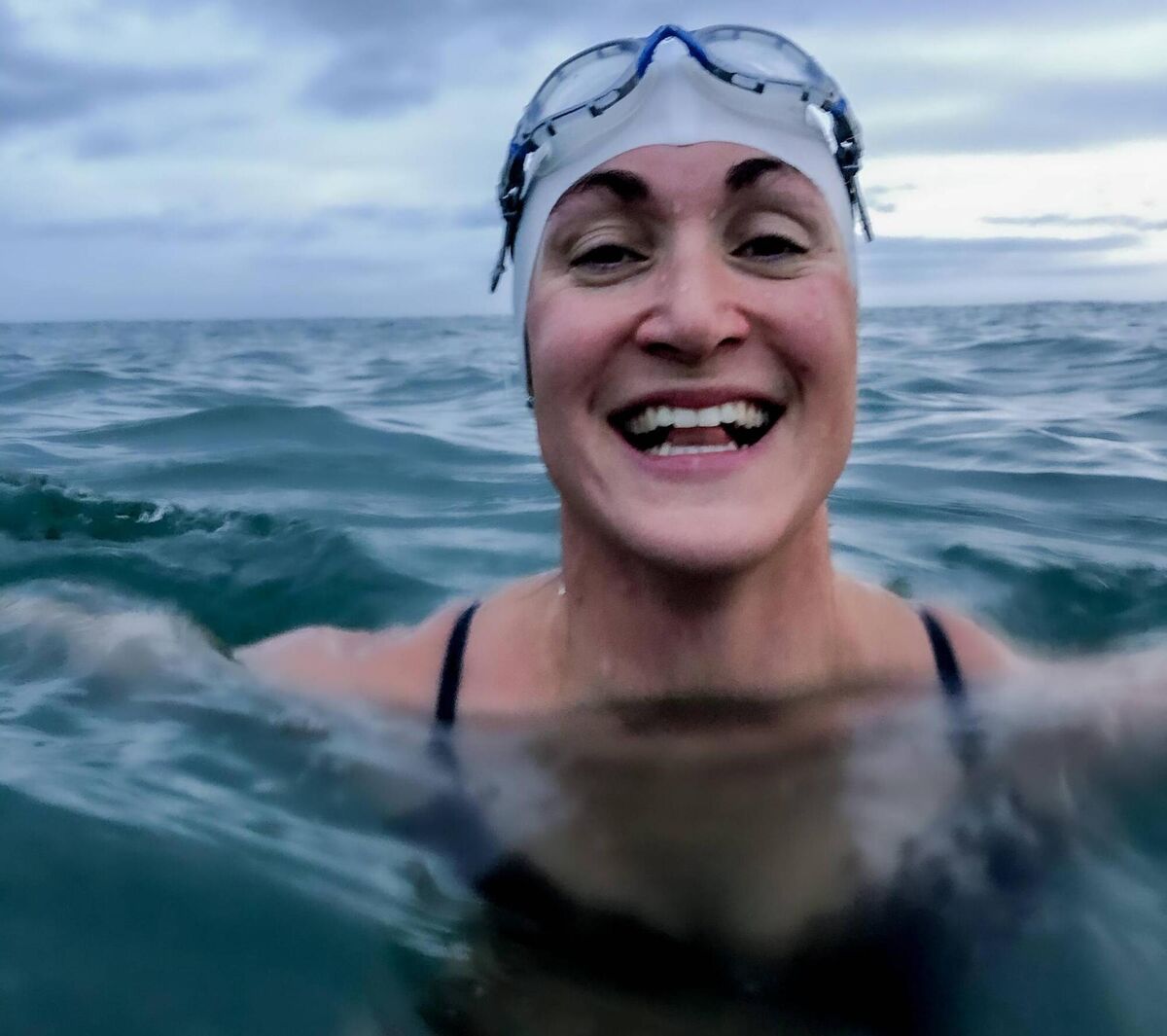
And that really didn’t happen, if anything it was the opposite. That was clear even from the parking situation at swim spots.
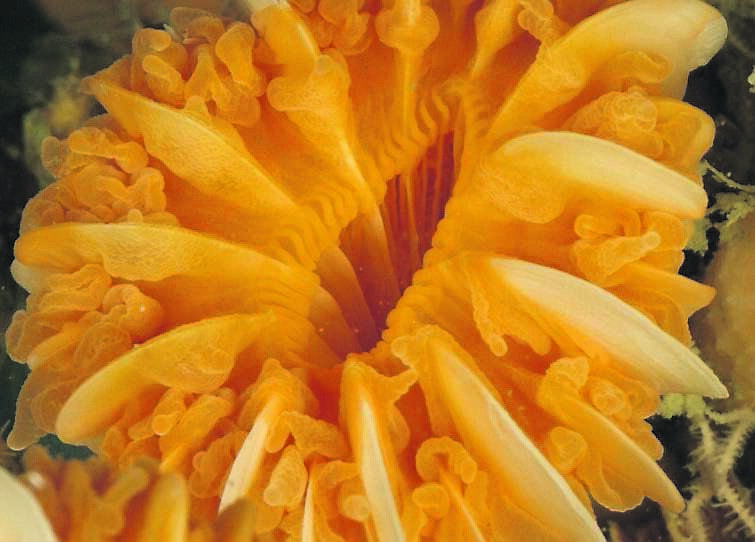
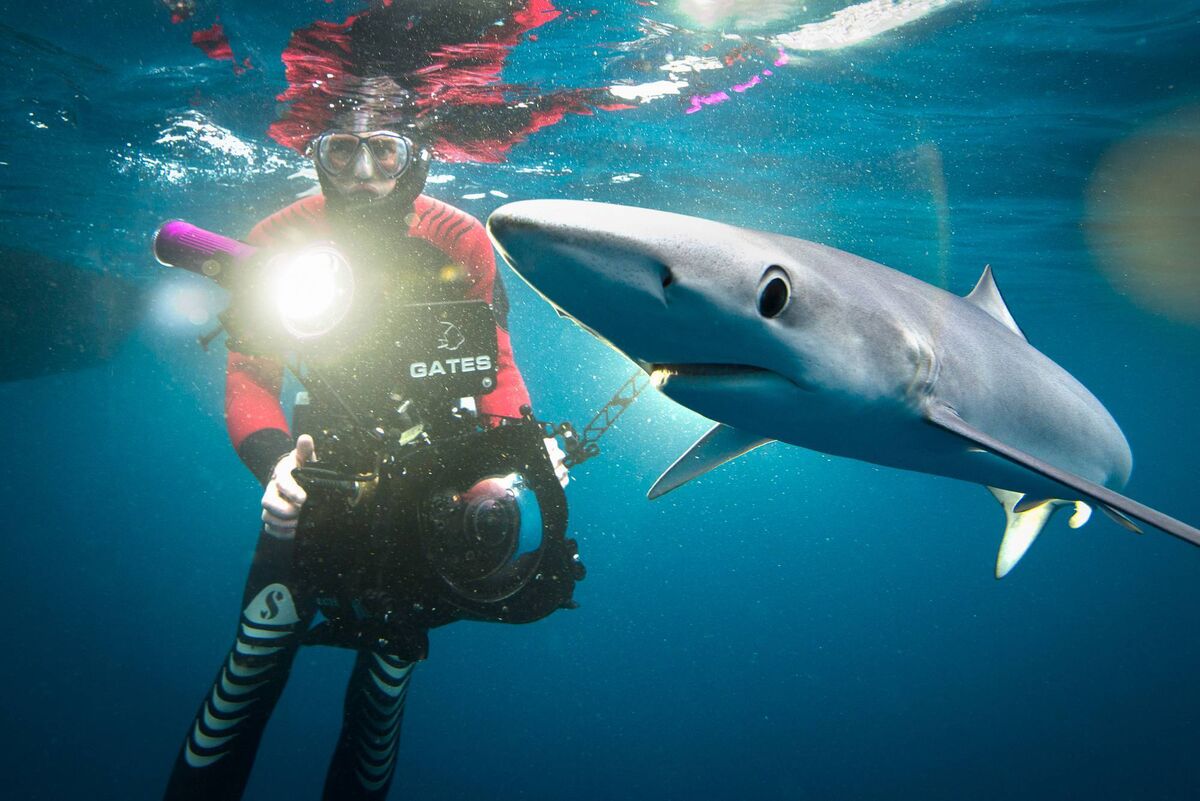
However, it is overfishing that is one of our biggest problems, and that’s now threatening even our seabirds with extinction.
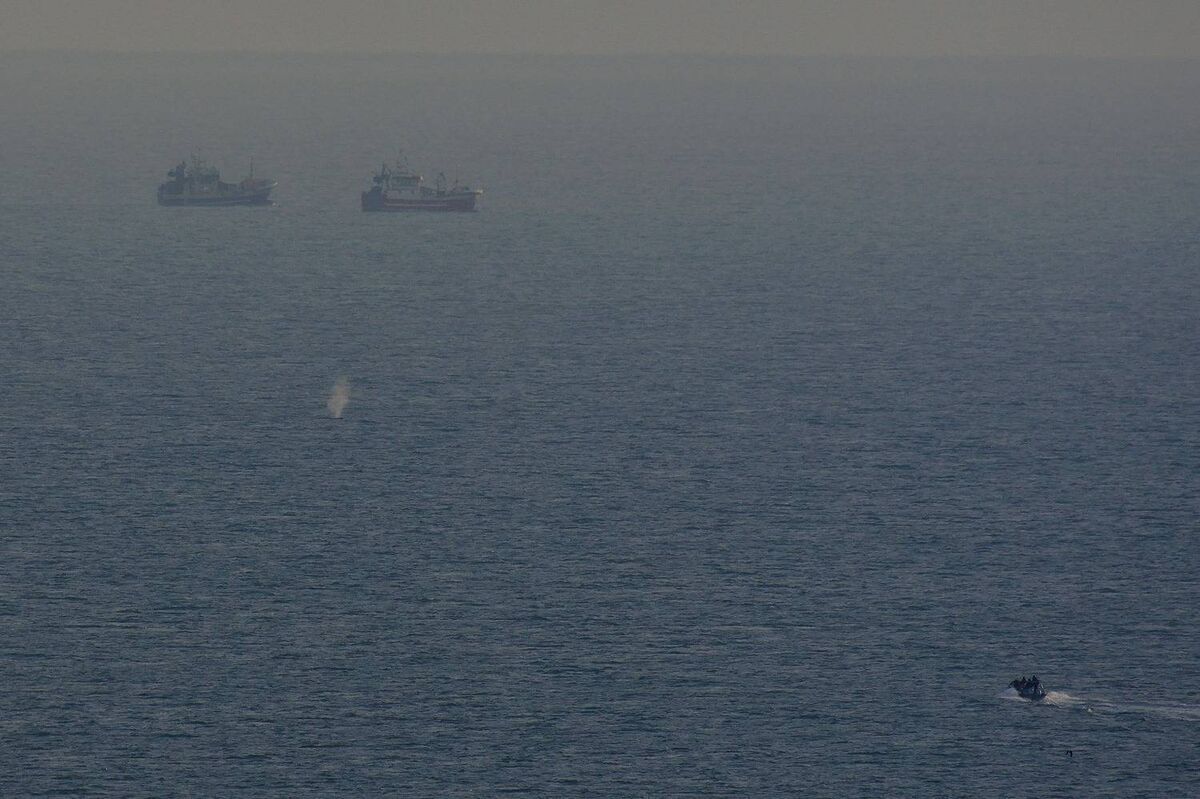
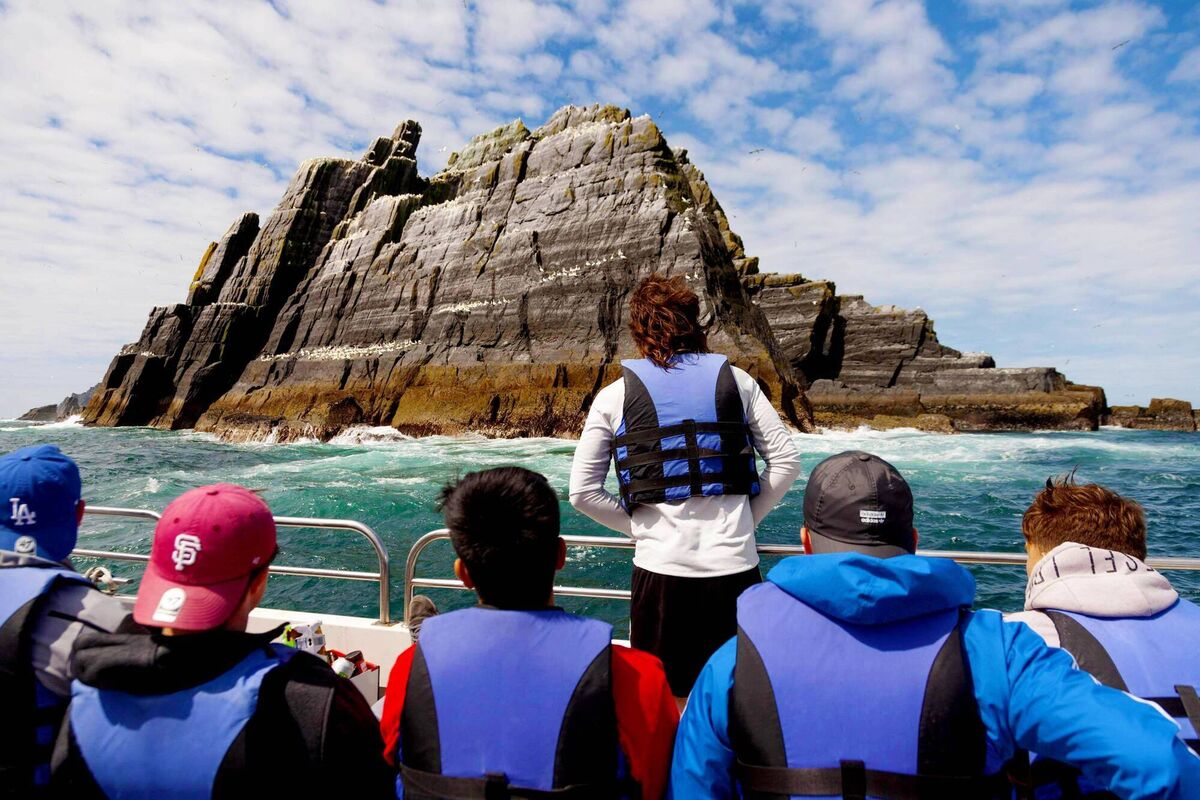
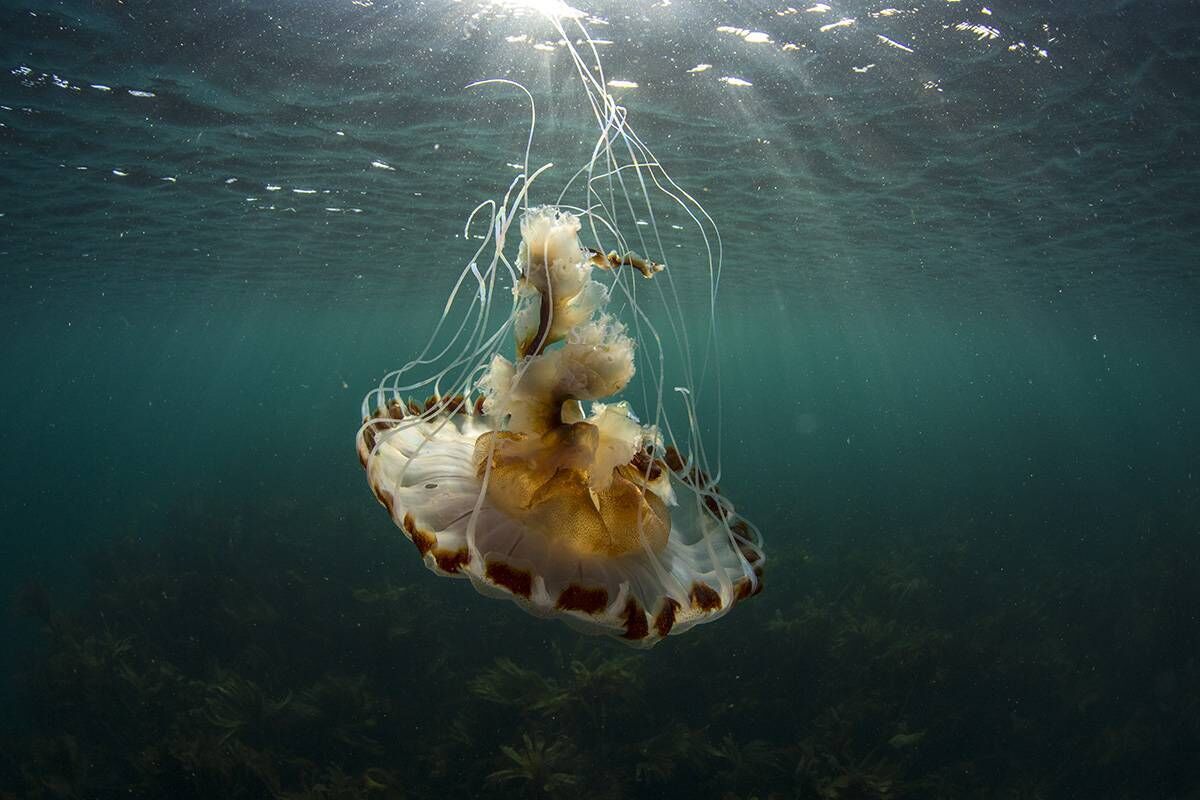
George Karbus is a wild ocean photographer who has been capturing the waves of Irish Atlantic waters and under its surface for 15 years. In that short time, he has literally seen with his own eyes how the number of fish has declined.
“I’ve been photographing the Irish sea for 15 years. I call it wild ocean photography, so big waves and underwater. My favourite subjects are marine mammals — sharks, whales, seals, dolphins,” says George.
“The myth of the dangerous shark is in people’s minds because of a stupid American movie. The myth that a shark is dangerous is not true at all, they’re actually very shy. We have to drum the water when they’re nearby, photographing sharks is quite difficult,” he says.
George says that all the shark accidents are mistakes, or a “lack of luck”. If a shark is in murky water, he might mistake a diver for a seal and do a test bite. It’s that quick bite that could be fatal.
While he photographs mammals as far north as Norway and the Arctic Circle, he finds Irish waters most inspiring.
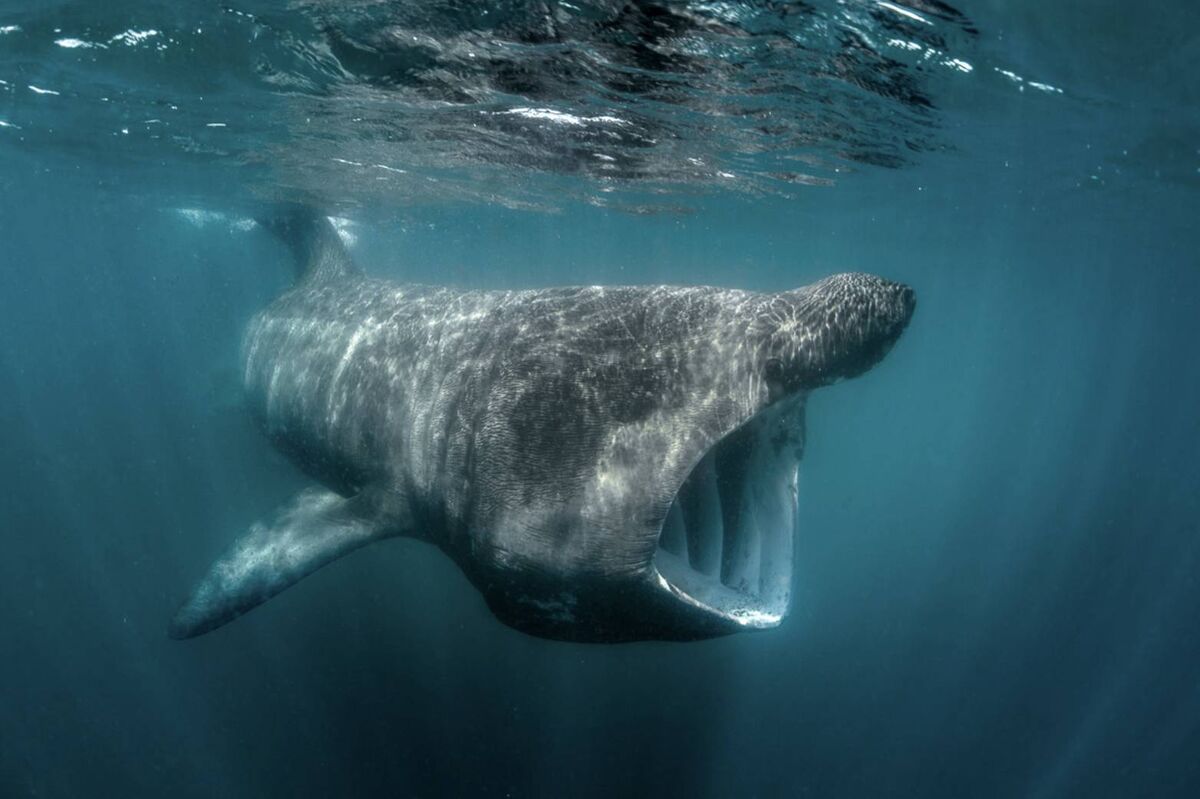
“The most impressive animals we can see here are basking sharks, they’re the second largest fish on the planet. They arrive in Irish waters in spring, and so many arrived to the Co Clare coast in lockdown, there were hundreds and hundreds of them.
“We also have some variety of whales, the most common is the minke whale, that’s 7m to 8m long, and then we have humpbacks and fin whales — the second largest animal to have ever lived on the planet,” says George.
When photographing Irish waters, George will either just swim from the shore with a snorkel and fin or else he will go further out to sea in a boat.
However, it’s not 2m barrelling waves of emerald-coloured ocean water or whales that impress George about Irish waters.
“We don’t have coral reefs, but I free dive in kelp (seaweed), and it’s just so beautiful when the sun shines through it when it’s blooming in spring. And lots of fish live in seaweed, we have beautiful jellyfish — that’s the most beautiful part,” he says.
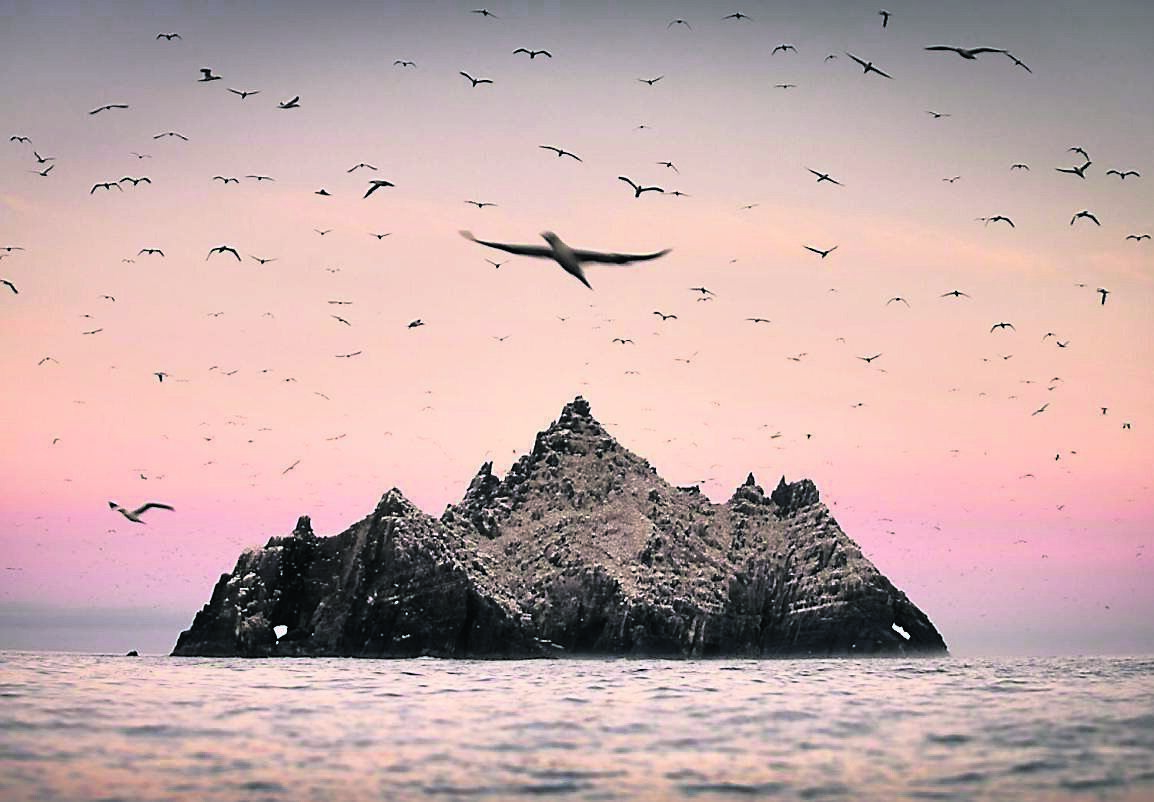
With the beauty of our sea and ocean in mind, what changes has he witnessed in the 15 years he has been photographing our waters?
“There seems to be less fish by the coast than there used to be.
“Some people say there are more common dolphins coming to shore. This shows there is no food for them in the open ocean. They never did it before – that’s what I hear from all fishermen in Ireland,” says George.
With overfishing we are also “stealing whales’ food”. “We don’t hunt them”, but stealing their food has a knock-on effect.
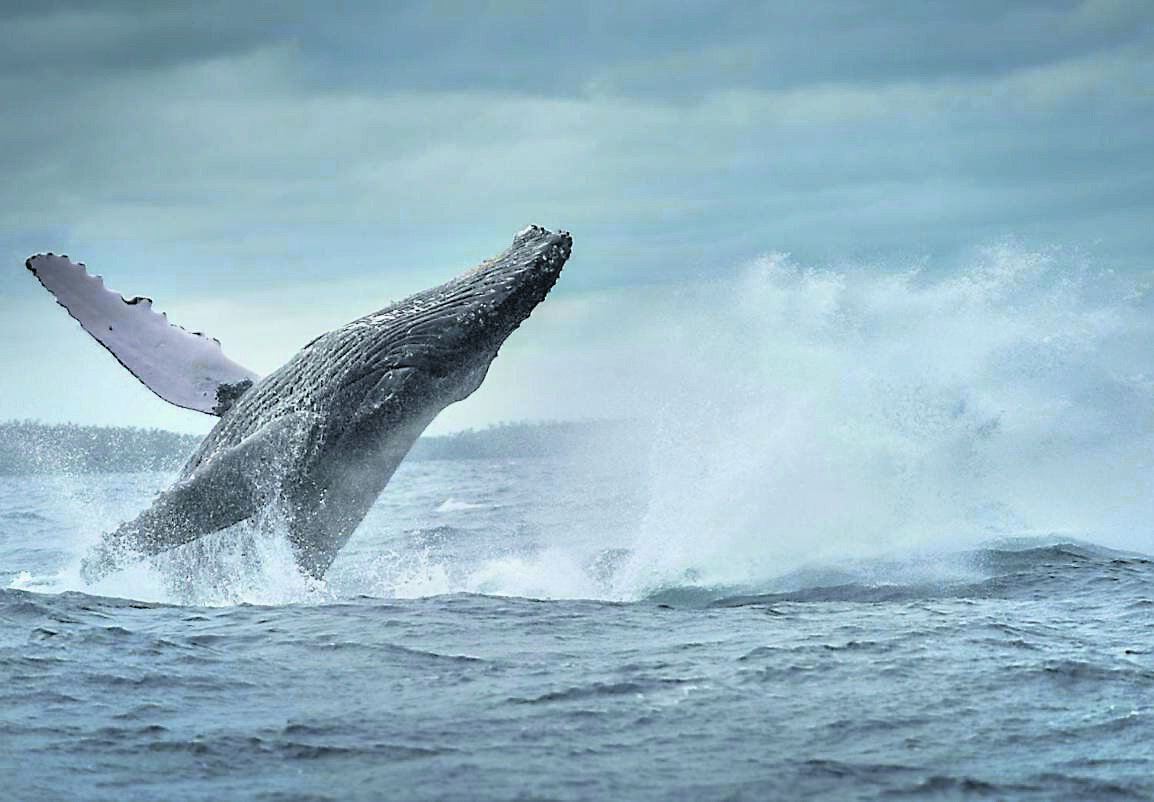
A knock-on effect that George has seen further north of Ireland, that proves his point about whale’s food being stolen, is the presence of ‘super hungry’ mammals in Norway.
“I go to Norway every year and the whales are super hungry when they come from the north Atlantic . That’s how I see it and feel it,” he says.
One other activity he sees, which points to a lack of food for our mammals, happens with dolphins.
“Dolphins, in normal life, spend so much time playing and socialising, they’re super playful. But overfishing our seas means they spend more time feeding and less time playing.
“They’re forced to constantly search for food, they’ve less time to spend with family,” says George.
George is @georgekarbus on Instagram
Ken O’Sullivan’s relationship with the sea goes back at least 250 years, when his family lived on Fenit Island off the coast of Kerry, and the ocean sustained them.
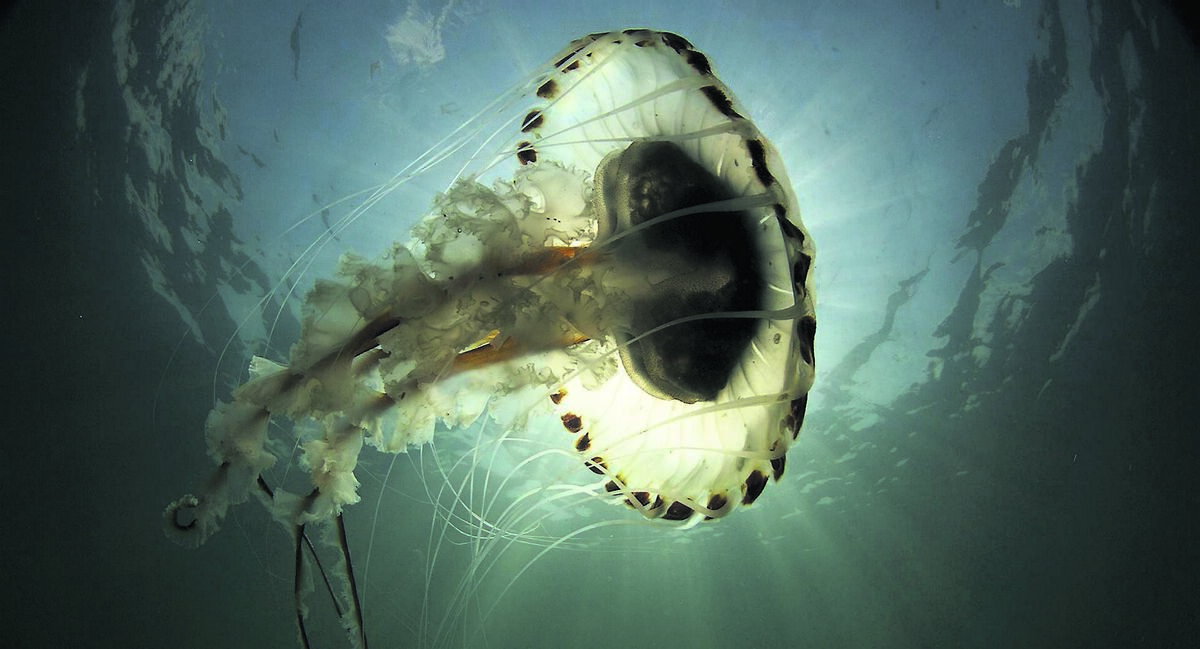
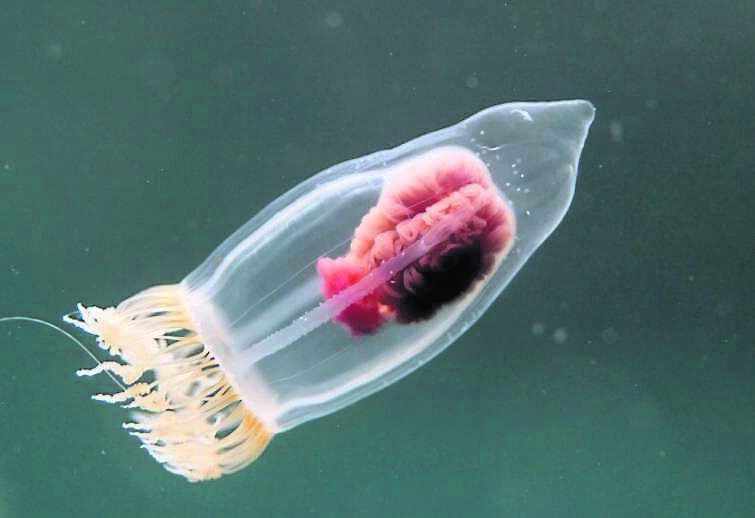
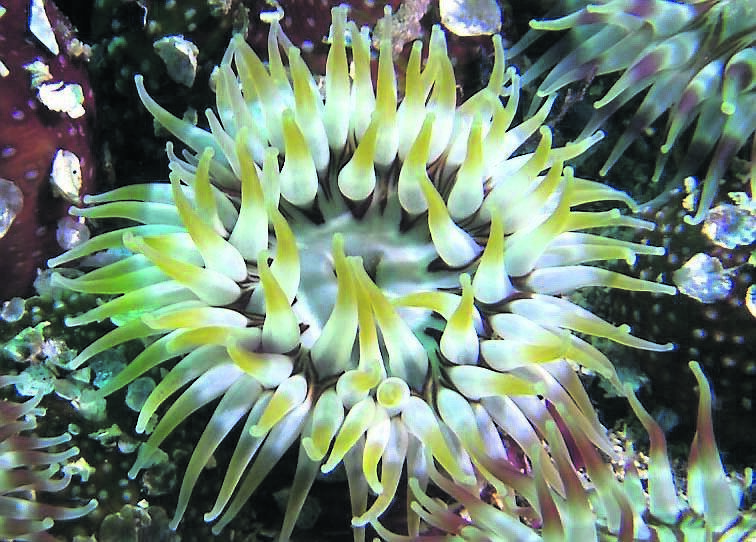
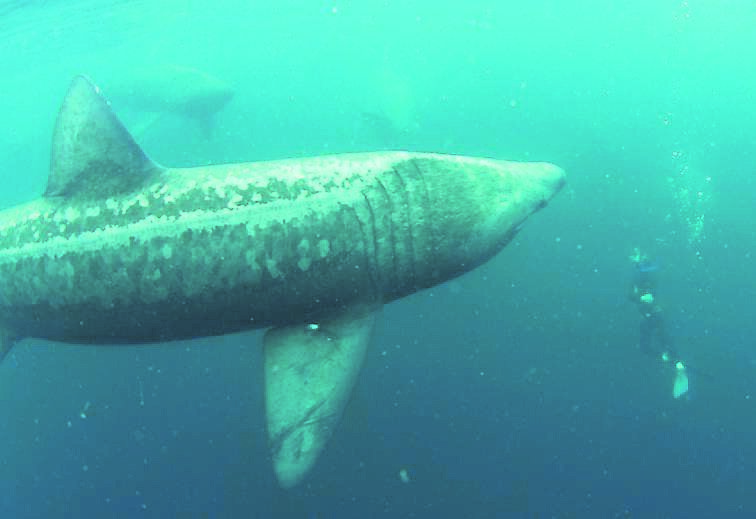
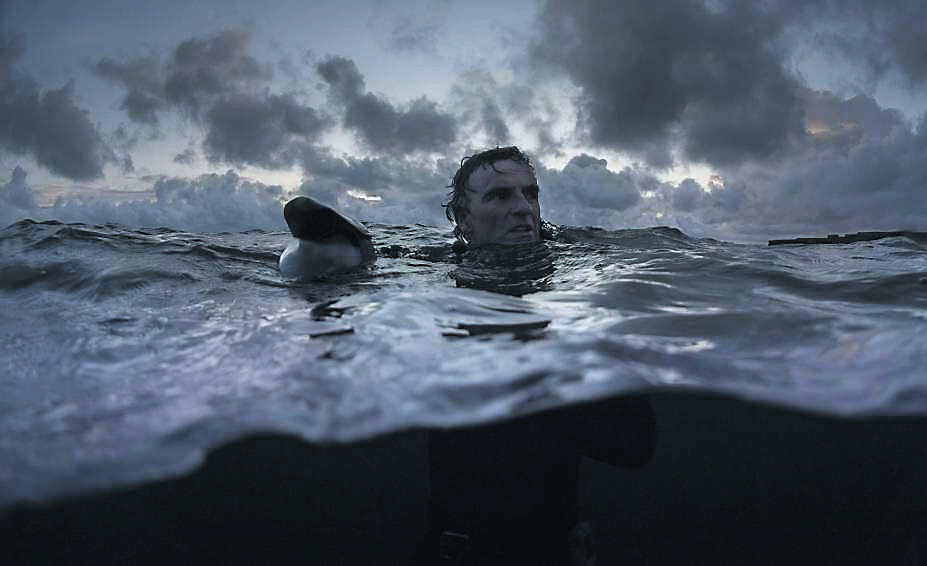
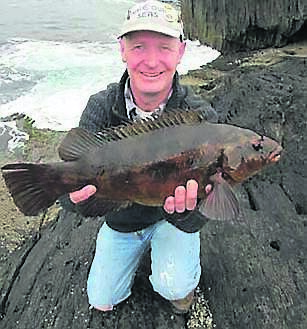
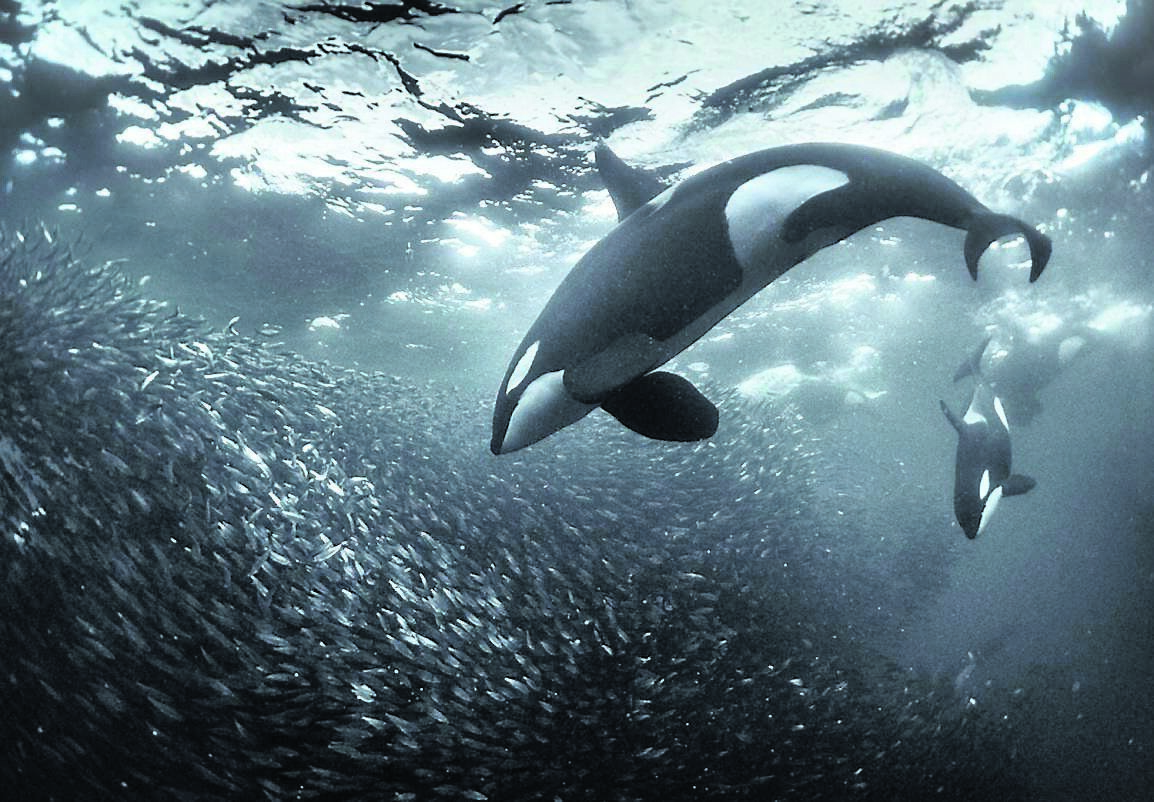
CLIMATE & SUSTAINABILITY HUB




